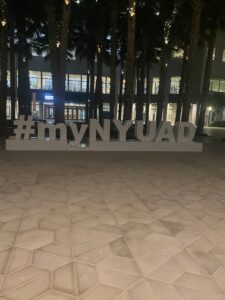Casey Reas’ speech on chance operations highlights randomness, chance and order in art and explores the interplay of chaos and control in the creative process. He discusses how incorporating randomness and chance elements into art can lead to unexpected and exciting outcomes, challenging traditional notions of artistic control. He introduces chance in art as a form of chaos and destruction of an order society and this resonated with me because it expresses the escape I feel when I do interactive coding through IM as opposed to standard coding in Computer Science. I get to “replace logical nonsense of men with logical nonsense”. This chance in art opens pathways that allow for you to take full creative control in your coding, and it is heavily emphasized in his speech through his countless mentions of randomness which is a function that allows for imprecision and parametrized change to create art.
Reas also highlights the importance of setting up systems and rules within which randomness can operate. This controlled chaos allows artists to introduce an element of surprise and unpredictability into their work. It’s about relinquishing some level of control and letting the process itself become a collaborator in the creation of art.
On the other hand, he also touches on the idea that order can emerge from chaos. Through precision and exploration of the grid, even when randomness is a part of the creative process, patterns and structure can arise, creating a balance between chaos and order. Referred to as order in art, though not the exact opposite of chance in art, this dynamic tension between randomness and order can result in art that is both visually striking and conceptually rich.
In short Casey Reas’ speech highlights the value of embracing randomness and chance as tools for artistic exploration and encourages artists to break free from rigid constraints and discover the beauty that can emerge from the unexpected.


